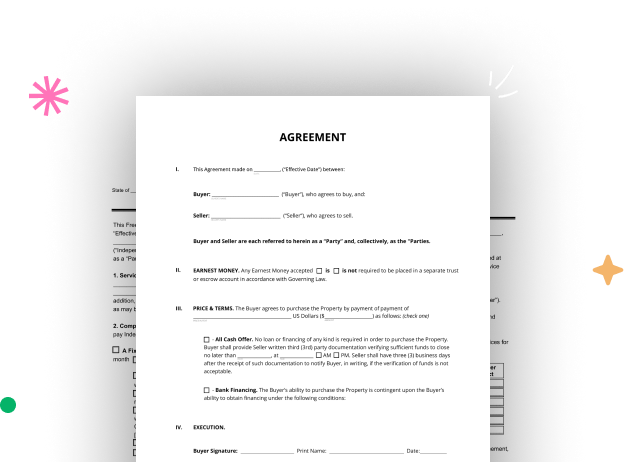

Start by creating a free DocHub account using any available sign-up method. If you already have one, simply log in.
Try out the complete set of DocHub's pro tools by signing up for a free 30-day trial of the Pro plan and proceed to craft your Court Orders Template.
In your dashboard, choose the New Document button > scroll down and choose to Create Blank Document. You will be taken to the editor.
Use the Page Controls icon indicated by the arrow to toggle between different page views and layouts for more convenience.
Use the top toolbar to add document fields. Insert and arrange text boxes, the signature block (if applicable), add photos, and other elements.
Configure the fillable areas you added based on your chosen layout. Personalize each field's size, font, and alignment to make sure the form is easy to use and polished.
Save the finalized copy in DocHub or in platforms like Google Drive or Dropbox, or create a new Court Orders Template. Send out your form via email or use a public link to reach more people.